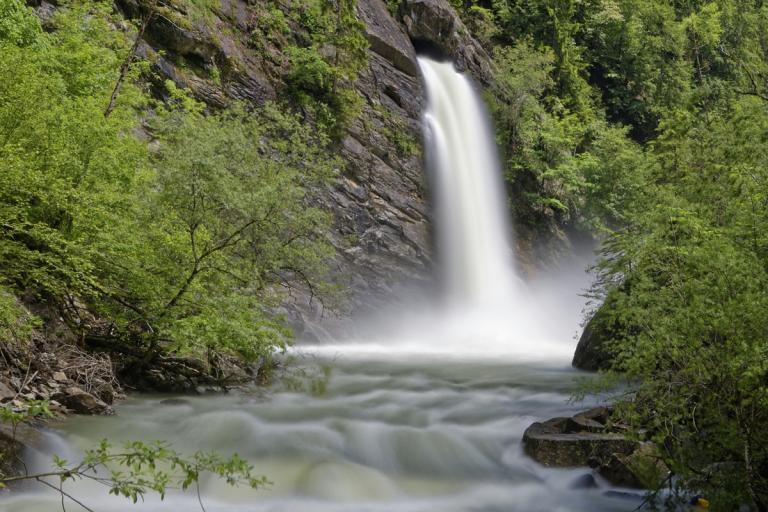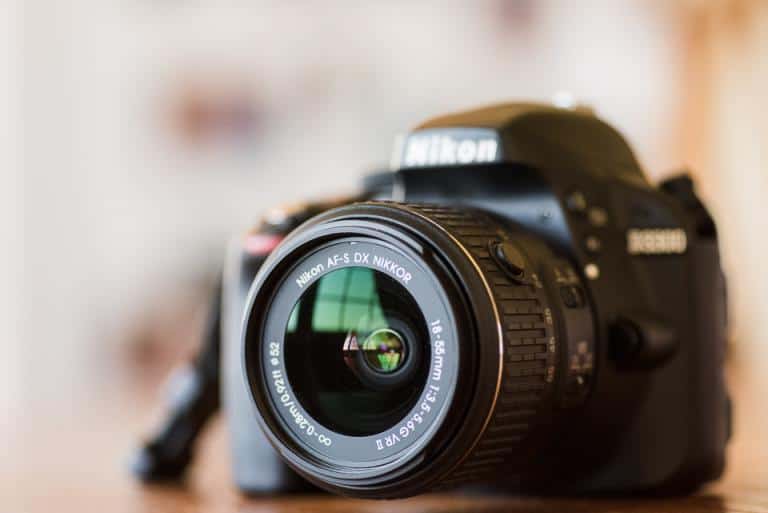Trips to the beach are some of our fondest summer memories. What better way to capture them and remember them forever than to take a photo of your beach trip? In this guide, we’ll go over some of the best beach photography tips to take great beach photographs using a variety of lenses and camera gear.
Our Top Tips for the Perfect Beach Photo
Beach photography doesn’t have to be over-the-top to stand out. With a discerning eye, you too can take a picture-perfect photo at the beach merely by following these tips and tricks.
Take Advantage of the Golden Hour
The best beach photography is taken at sunrise or sunset, also known as the golden hour, depending on the coast. If you’re facing the west, make sure that you show up for sunset, whereas sunrises should be captured on the east coast. Using the sunrise or sunset, your great beach photos will be illuminated in soft, golden hour light over the water.
Make Good Use of Your Tripod
Don’t forget to include your tripod with the rest of your gear before you head out. Although the best beach photography is usually handheld, a tripod is necessary for action shots taken with a high shutter speed, such as cliff jumping, water sprays, or volleyball photos.
Seek Out the Right Focal Point
To make your beach photography stand out, you’ve got to search for the original focal point. With the original focal point, your beach photographs won’t look like a generic Instagram shot that you’ve already seen a million times. Instead, look for patterns and shapes in the sand, rocks, vegetation to pick up on the little things that tell an original story.
Don’t Wait for a Picture-Perfect Day
Beach photography shouldn’t be limited to picture-perfect days in which the sun is shining bright and there’s not a cloud in the sky. Instead, go to the beach on days when others would rather not. For instance, water, lightning, and even overcast skies can make for mind-blowing photographs if timed right.
Use Your Flash to Prevent Shadows
Bright and sunny days at the beach call for portrait photography. However, far too often a sunny day will ruin a portrait because it casts the subject’s face in a shadow. To prevent this from happening, turn the flash on your camera and force it to engage when you’re shooting in bright situations to expose your subject and get rid of pesky shadows.
Intensify Your Colors with a Polarizing Filter
Make sure you bring polarizing filters with your DSLR lens. This way, the polarized light in the photo will be filtered out and you’ll be left with a cleaner and crisper photo. Taking a photo with a polarized filter will make blue colors darker and the water “pop” more in the photograph.

Play Around with Black and White Images
In post-production, strip the photo of color and see what kind of effect it makes. When you take a black and white photo at the beach, it makes the mood and atmosphere of the photo more somber, which can create an interesting shot that brings out greater depth of emotion in the viewer.
Expand Your View with a Wide-Angle Lens
Get creative with wide-angle lenses during your beach trip. Using a wide-angle camera lens allows you to get incredible landscape photos in which there is greater depth that cannot be achieved by other lenses. A wide-angle lens helps emphasize the foreground and highlights focal points that are lower than would be captured by a regular macro or stock lens.
Capture Every Moment with Fast Shutter Speed
There are plenty of opportunities for fast shutter speed photography when you’re playing beach sports or going for cliff dives. Play around with camera shutter speeds of 1/1000, 1,/2000, or even 1/4000 of a second to capture high-impact motion when you’re at the beach.
Beat the Crowds and Enjoy the Solitude
It’s a good idea to hit up the beach before the crowds arrive. If you’re bringing your camera on your beach trip, you’re going to be afforded many more photo opportunities if you have freedom to roam and explore without getting caught in crowds who may not want their photo taken.
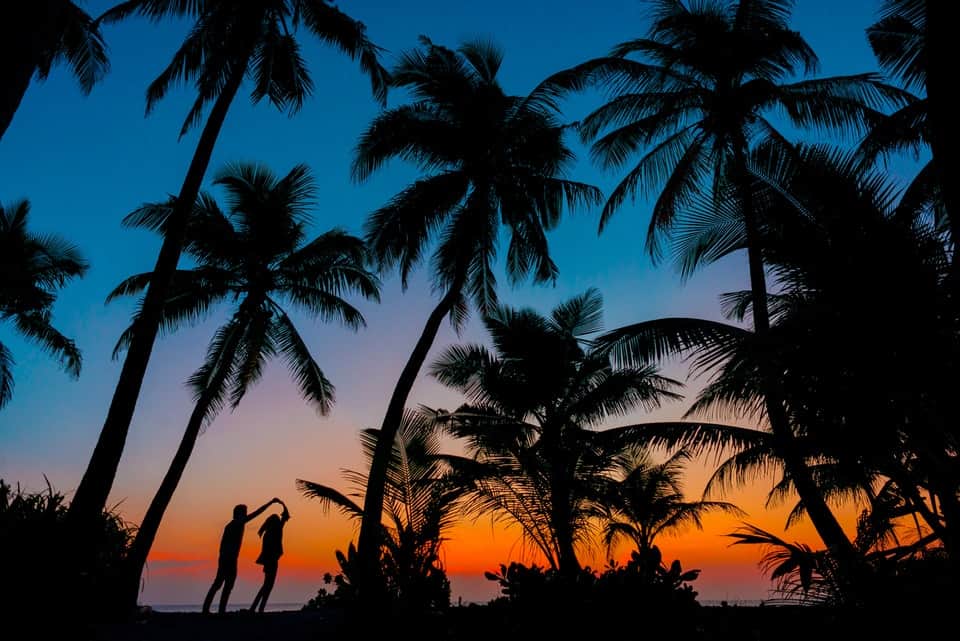
Beachgoers are Excellent Subjects
The best beach shots include other beachgoers. Although you should avoid crowds so you don’t have too much subjects jammed in your photo, beach trips make for picture-perfect portraits, family photos, or romantic shots.
Shooting Sun Stars
You can get a sun star in your shot if you adjust your camera’s aperture to about f/11, or maybe a little smaller, and allow the sun to enter the frame. When the light from the sun divides across the blades of your lens’s aperture, it creates a beautiful optical illusion in which “stars” appear on the screen.
Keeping Your Camera Free of Sand
Beaches and electronic devices don’t always mix well. To keep your camera in tip-top shape, make sure that you blow sand and other particles from the crevices in the device. The last thing you want is sand, dirt, or water getting in the camera.
Therefore, you should always blow your camera with a blower to clean out the gunk, and also be sure to wipe it down with a lens cloth before putting it back in your camera bag.
All Images Need to Be RAW
When you’re at the beach, you shouldn’t be shooting in JPEG. Instead, stick to RAW file formats since the greatest amount of detail and texture will come out in RAW. In post-production, you can edit your RAWs so that exposure issues, noise, or granularity can be taken care of without any quality loss.
Protect Your Lens with a UV Filter
Using an ultraviolet (UV) light filter on your DSLR will take your image of a beach to the next level. For the perfect photo of the beach, use UV filters to cut out haze in the shot and to make your shots look more crisp and detailed in the bright sunshine. Plus, UV light filters help protect your lens against the harsh direct sunshine.
Get Experimental
When you’re shooting at the beach, don’t be afraid to take risks and experiment with new styles. Have a wide-angle lens or a fish-eye lens lying around that you’ve been dying to use? Take it to the beach and see what new moods and atmospheres you can create with your images.
With such a vast and varied backdrop, there is no shortage of opportunities for you to create fun and original photos at the beach.
Create Rich Colors by Using Your Lens Hood
Direct sunlight can wreak havoc on older lenses. Don’t have your beach trip spoiled by a ruined lens. Instead, bring your lens hood to keep abrasive sunlight out of your lens. Plus, taking photos with a lens hood installed will help make your photo’s colors richer and the saturation will be deeper and more prominent in the photo.
Anchor Your Tripod
A tripod isn’t worth much unless it’s able to stabilize your camera. Put your tripod on stable ground and ensure that wind isn’t knocking it around or causing it to tilt. Although it may seem like setting up a tripod is an easy task, even something like an ocean breeze can disrupt your shot.
To play it safe, always make sure your tripod legs are on even ground and weighed down to the ground with sand bags or other counterweights.
Add Beach Day Photos Family Photo Album
There’s a reason beach photos are so common in family photo albums—because they perfectly encapsulate the peace and harmony that families provide. When you head to the beach with your family, be sure to take photos of the whole family walking along the shore, skipping rocks, or splashing under the pier.
Shift Your Perspective to the Little Things
When you’re at the beach, there are plenty of details that you can pick up with a macro camera lens. For the best photography, take close up photos of waves, spays, flowers, weeds, and any other natural or man-made objects found on the beach.
Taking a close-up of an object in the foreground provides plenty of depth that can make a background scene of the ocean or lake extra atmospheric.
What Our Readers Often Ask About Beach Photography
Below, we’ve listed some of the most frequently asked questions about this type of photography and how to take the best photo.
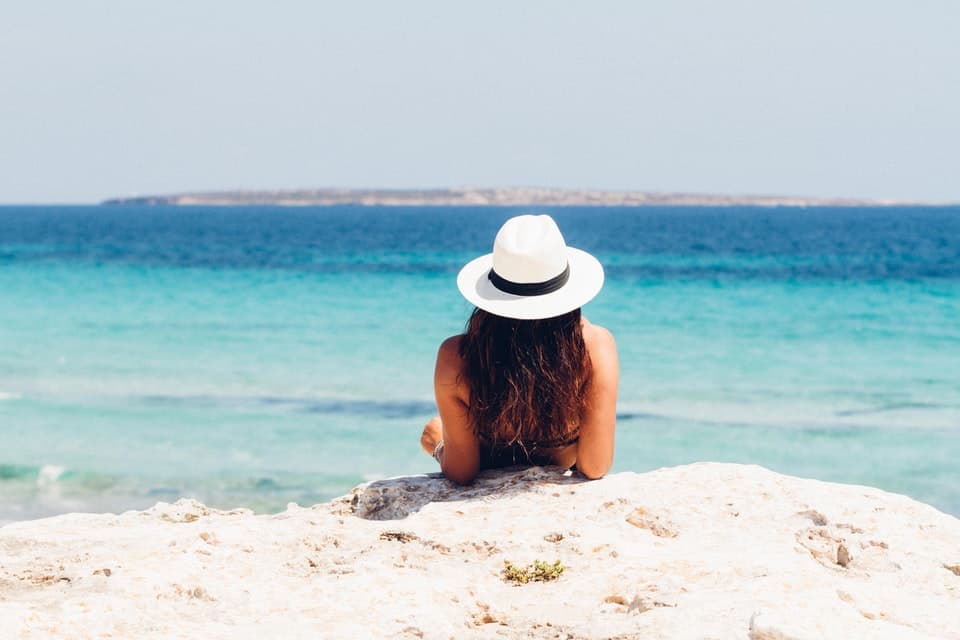
What Do I Need to Take Beach Photos by Myself?
Use a tripod to take photos of yourself at the beach. However, it might be difficult to stabilize your tripod on a sandy beach that’s unlevel, or if there is a strong seaside breeze. That’s why it might be a better idea to have a fellow beachgoer (preferably, one with a camera around their neck) to snap a photo of you from the angle of your choosing and with settings you pre-load.
What are Some Ideas for a Memorable Couple Photo at the Beach?
There are countless ways to take a fun and creative beach picture. If you’re a couple, you can take photos of your handprints in the sand with your wedding band placed around the imprinted ring finger. Alternatively, you could take a photo kissing under the pier or a silhouette of yourselves holding hands by the shoreline at sunset.
If you’re by yourself, don’t hesitate to use the timer setting on your camera to take a timed photo of you spraying water into the air or whipping your hair as you emerge from the surface of the water. The key to a cute photo is to play around with water effects. Or, you know, you could take a selfie with a cocktail in your hand.
What Time of Day Should I Take Pictures at the Beach?
The best time for a photo at the beach is the golden hour. This is usually the first hour after sunrise and the last hour before sunset. The golden hour before sunrise might result in a better photo because often the only people at beaches during sunrise are fellow photographers using the golden hour to shoot. However, popular beaches are often quite busy at sunset.
Are There Specific Camera Settings I Should Consider?
As always, your camera settings should depend on the weather, sun exposure, and the subject of your photo. However, generally speaking, you should use a large aperture (i.e., f/2.8 or larger), which will create a beautiful soft background.
We suggest using whatever automated settings your camera settings regarding shutter speed — unless you’re taking a fast-moving action shot, in which case we suggest going with a shutter speed of 1/2000th of a second.
If the sun is casting a shadow on the subject’s face, we suggest using an external flash to fill in any dark spots on their face. We also recommend using the spot metering mode instead of manual mode. The spot metering mode can help you meter on the subject’s facial expression for a crisper and more detailed portrait.
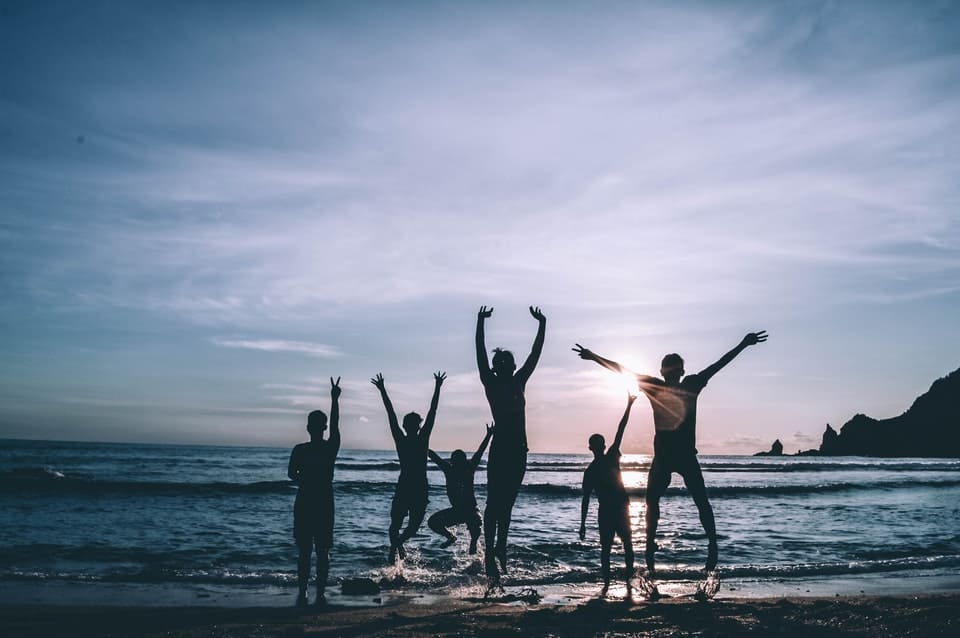
How Do I Create Captions for My Photos?
If you’re putting your photography on Facebook or Instagram, what you decide to caption your photos is up to you. However, if you’re in the photo with a romantic partner you can try a cheesy caption like “I love you to the shoreline and back.” If you’re in the photo with your girlfriends, for instance, you could try “Girls just want to have sun.”
One of our favorite photo captions for landscape shots is “Seas the day.” Ultimately, what you caption your photo should be an extension of your personality. So, don’t be afraid to get creative and show some of your own personal flair in your photos.
Are Some Lens Better Than Others When Taking Beach Photos?
There are several lenses that can be used for beach photography. For the best photography, we recommend packing at least three lenses in your camera bag.
First, make sure you bring a standard 35mm lens for variable light conditions. Next, we recommend tossing a 100mm macro lens and 135mm for stunning portraits. This way, you can tell the complete story of your trip by taking portraits and landscape shots.





